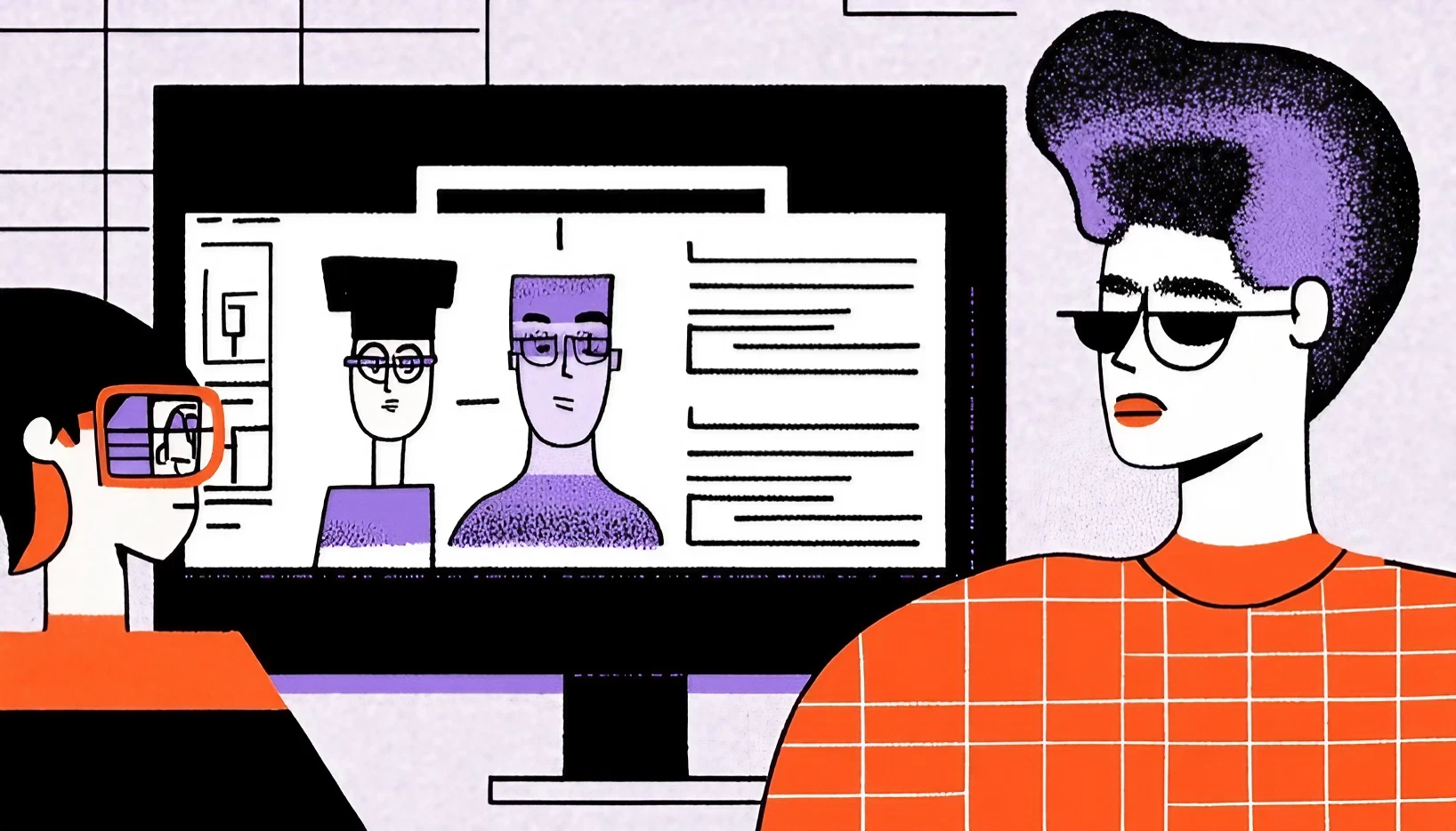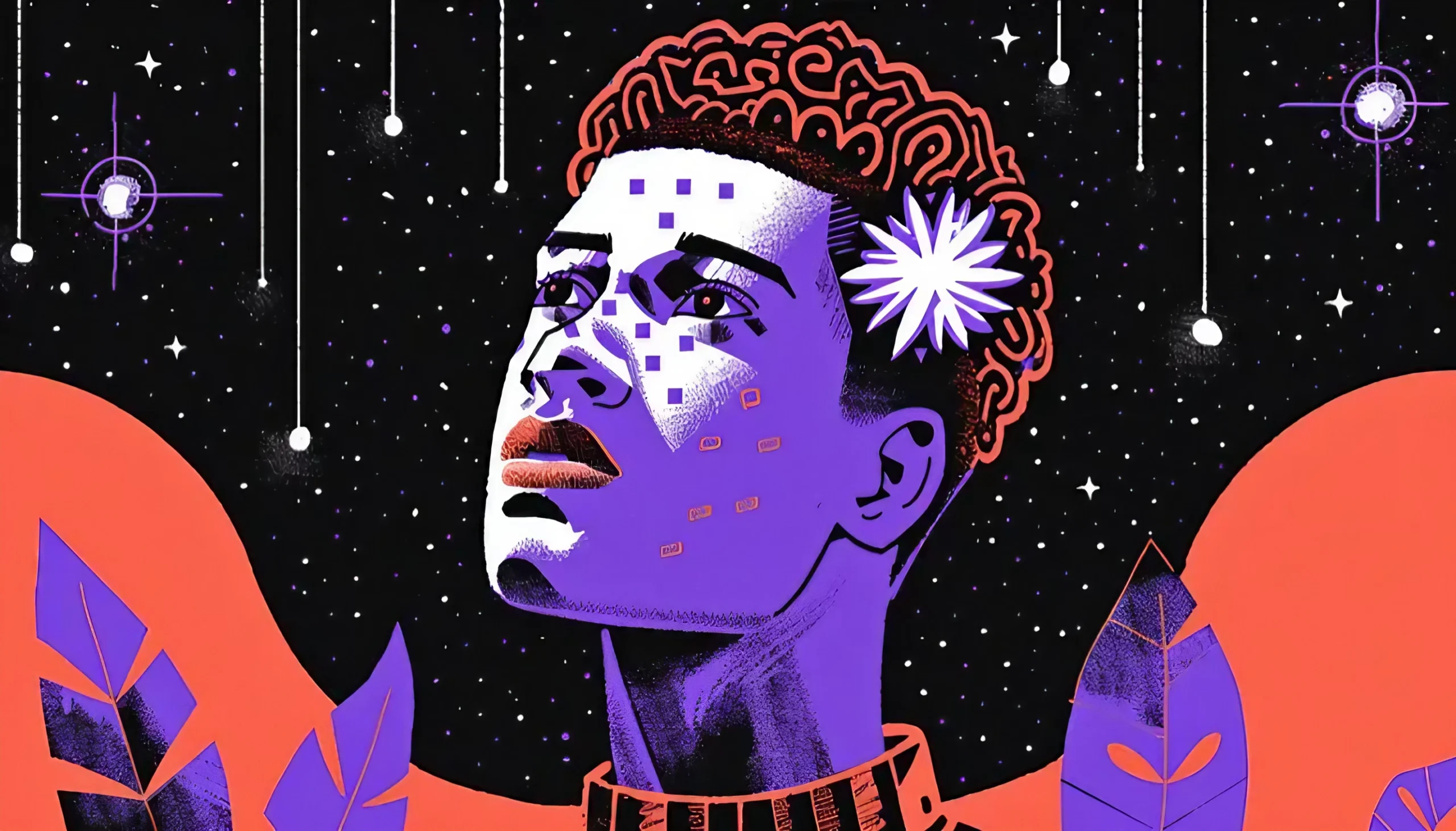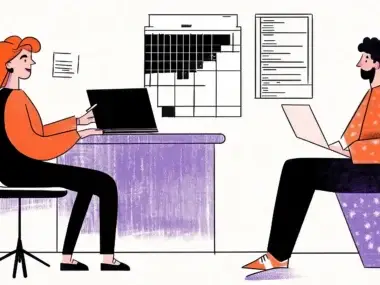To make good user experiences, you need to know what your people want and what they need. One strong way to get this knowledge is to make UX personas, which are made-up characters that represent your target audience. In this article, we’ll talk about what UX personas are, why they’re useful, and how to make them. This will help you create user experiences that really connect with your audience.
What Are UX Personas?
UX personas are made up, but they look like your target users and are based on a lot of study and analysis of data. The goal of these personas is to help designers and product teams understand their users’ goals and pain points so they can make better design decisions. By bringing users to life with a UX persona, teams can better predict what their users will need and make products that are right for them.
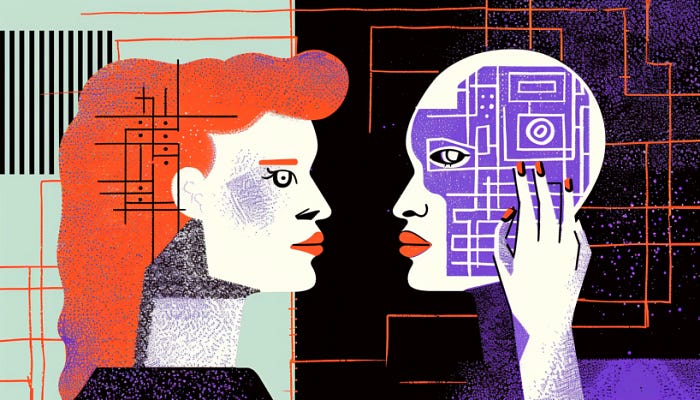
Why Designing With UX Personas Is A Good Idea
- Empathy: UX models help designers get to know their users better, which makes them more empathetic and better able to understand their needs.
- Facilitating communication: Personas make it easier for product teams to talk to each other by giving them a common language. This speeds up collaboration and makes sure that everyone has the same knowledge of user needs and goals.
- Guiding decision-making: UX personas help designers make better decisions about product features, user flows, and other design elements by giving them more information about user goals and pain points.
- Promoting user-centric design: UX personas, which keep the focus on actual user needs and drive the creation of goods that put user experience first, encourage user-centric design.
Different Kinds of UX Personas
There are different kinds of UX personas you can make, based on the needs of your project:
- Goal-directed: Goal-directed personas focus on the goals of users and the steps they take to reach those goals. They are especially useful for projects that want to improve the flow of users and make things run more smoothly.
- Role-based personas: These personas focus on the roles and responsibilities of users in a company or in a certain situation. They are useful for projects that are aimed at a certain type of professional audience or that need to know about the daily tasks and processes of users.
- Engaging personas: These personas go deeper into users’ emotional and psychological traits, giving insights into their goals, fears, and motivations. They are especially useful for projects that want to create emotionally engaging experiences or meet users’ inner needs.
- Proto-personas: These are light, quickly made personas that are based on ideas and a small amount of data. They are useful for early-stage projects or when there aren’t enough resources to do a lot of user studies. But whenever possible, they should be checked and improved with real customer data.
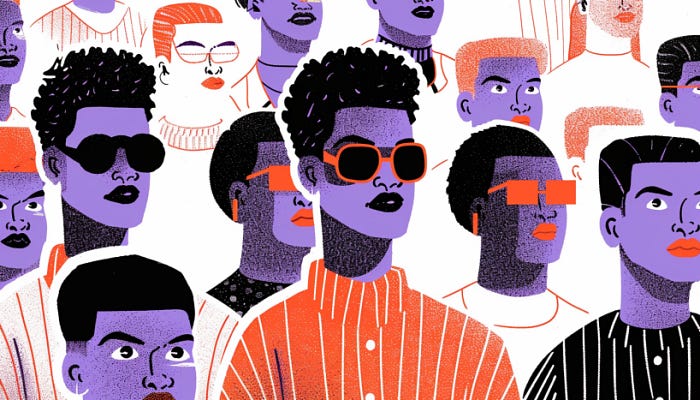
The Process of Making UX Personas
- Collect data from users: To start, do user research to learn about your target group. This could include things like surveys, interviews, focus groups, or user testing, as well as looking at things like website analytics or customer comments.
- Analyze and divide: Look at the data you gathered during the research part to find patterns, trends, and things your users have in common. Use this knowledge to divide your audience into groups that are all different in some way.
- Make character templates: Make a template for your UX personas that includes important information like demographics, goals, motivations, pain points, and other details. The character profiles you make will be based on this template.
- Fill in the blanks: Fill out your character templates with the information you gathered during the research phase. Give each persona a name, an image, and a personal backstory to make them feel more real and relatable.
- Refine and validate: Share your personas with team members, stakeholders, and even real users to get feedback and make sure they properly represent your target audience. Based on this feedback, make any changes you need to make to your characters to improve them.
- Put your personalities to use: Include your finished personas in your design process. Use them as a guide for making design choices and as a way to talk to your team about what users want.
Integrating Personas into Journey Maps
Using personas in journey maps can help you see and understand what your users go through when they use your product or service from start to finish. Journey maps show the different touchpoints, feelings, and interactions a user has with your product or service over time. This gives you valuable information to help you make decisions about how to design it. Follow these steps to add personas to journey maps in a way that works:
- Choose a persona: Select the persona you want the journey map to be about. This persona should represent a big chunk of your target group or have specific needs that you want to meet with your design.
- Explain the situation: Find a specific situation or use case that fits with the persona you chose. This could be a common job they do, a problem they have, or a goal they want to reach by using your product or service.
- Identify touchpoints: Make a list of all the places where the persona has contact with the story. Touchpoints can be different parts of your product or service, like the user interface, customer service, or marketing materials, or they can be things outside of your product or service, like connections with third-party services.
- Make a plan: Break the situation down into a set of steps that the persona takes from the beginning to the end. At each touchpoint, be sure to list every interaction, choice, and action the persona takes.
- Add feelings and pain points: For each step of the persona’s journey, write down how they feel and any problems they might face. This will help you understand how the person feels and find ways to make things better.
- Point out the chances: Analyze the journey map to find ways to improve or come up with new ideas. Look for ways to improve the user’s experience, fix pain points, or add new features that will better meet the needs of the image.
Conclusion
UX personas are a great way to learn about your people and create user experiences that meet their needs. By learning about the different kinds of personas, making detailed examples, and following a methodical process for making them, you can make goods that are focused on the user and give them a better, more satisfying experience. Use UX characters to their full potential and start making user experiences that really connect with your audience.




